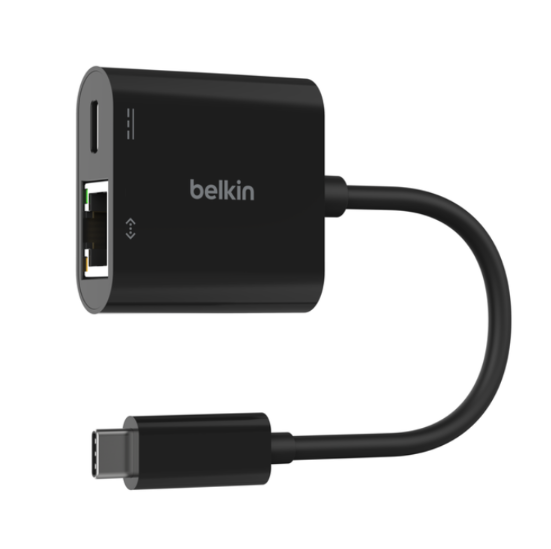Hotspot Omni Configuration Guide
This guide applies to a specific Omnitik device that is configured for use as a mobile WiFi hotspot at outreach, tabling and other community events.
This configuration and guide is not applicable to general use devices around the mesh and shouldn't be applied to rooftop omni's. Please use the standard omni configuration on the Omnitik 5 POE AC page instead.
We often host tables at fairs, farmer's markets and other community events to do outreach for the mesh. For these events it is useful to have equipment to show interested folks what a typical mesh install looks like.
We also often set up the equipment to be functional and broadcast the usual -NYC Mesh Community WiFi- network for visitors at the event to use. This serves as an outreach and advertising tool for the mesh, as folks will see the available WiFi network on their phone and may be interested in visiting our table to learn more about us.
We have a pre-configured Omntik for this task with a unique configuration that makes this easy for volunteers to set up and run. This Hotspot Omni is usually stored with our other outreach/marketing materials at the mesh room.
Explanation of the configuration
Once turned on, an omni with the hotspot configuration will automatically create a public WiFi network ("-NYC Mesh Community WiFi-") when supplied with an internet connection on ether1.
Any internet connection will work, be that a cellphone hotspot (details below), an SXT/LiteBeam to another NYC Mesh node, or connecting to an existing public WiFi network (re-broadcasting it).
Devices can connect to the Hotspot Omni via:
- WiFi ("-NYC Mesh Community WiFi-" or "nycmesh-9000-omni"),
- Wired Ethernet (ports 2-4) (beware of POE out!)
- Wireless with other devices like SXTs or another omni to extend the network.
- It will automatically mesh via WDS to other mesh nodes
- SXTs can connect to it with the default mesh configurations
The omni configuration runs a DHCP client on ether1 to grab an IP from whatever device is providing an internet connection. It also runs a DHCP server on the mesh bridge interface for client devices to connect.
It should play nice with other omni's around the mesh, so there's no worries about turning it on in areas where it might automatically mesh with nearby rooftops. (It can use nearby mesh nodes as its internet source if desired)
How to setup Ethernet tethering on an android phone
You can use an android phone to provide an internet connection for the Hotspot Omni. This will use your data plan for devices on the public WiFi, so you should have a unlimited data plan or be aware of the possible high data usage this may entail.
You will need a USB-C ethernet dongle, preferably one which will also let you charge your phone at the same time, as having your phone providing the internet connection uses a lot of battery.
Steps to follow:
- Provide power to the omni and wait for it to turn on.
- You can use a 28v or 24v POE brick to power the omni, or a drill battery adapter for mobile deployments.
- Connect the USB C to Ethernet adapter to the Android phone.
- Connect an Ethernet cable from the adapter to ether1 (via the POE injector).
- Open settings on the phone and go to “Network & Internet” > “Hotspot & Tethering” and turn on “Ethernet Tethering” (The adapter/cable must be connected or this option will be grayed out)
- The omni will get a DHCP IP from the phone (via the DHCP client on ether1).
- Other devices can now connect to wired or wireless networks and will received IPs from the DHCP server. There is a limit of 64 IPs/devices.
- Other devices can now connect to wired or wireless networks and will received IPs from the DHCP server. There is a limit of 64 IPs/devices.

